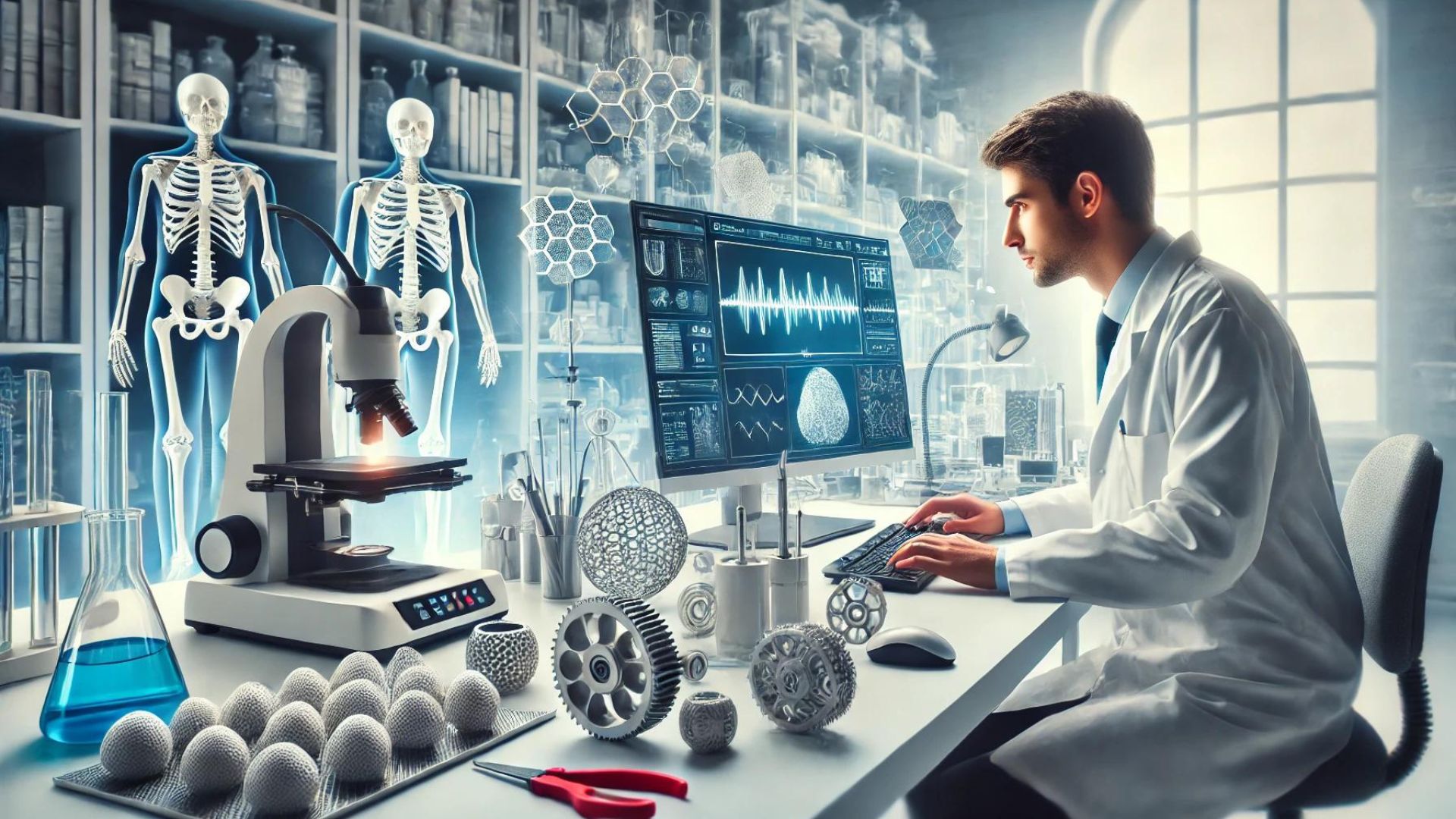
Bridging Care and Technology: The Vital Connection Between Medical Engineering and Nursing
In today’s rapidly evolving healthcare landscape, two professions stand at the heart of innovation and patient care — medical engineering and nursing. While they may seem worlds apart at first glance, these disciplines are deeply intertwined, working together to improve outcomes, enhance safety, and redefine the patient experience.
What Is Medical Engineering?
Medical engineering, also known as biomedical engineering, is the field where technology meets medicine. It involves designing, developing, and maintaining medical devices, diagnostic tools, and healthcare technologies that help clinicians diagnose and treat patients more effectively.
From MRI scanners and ventilators to wearable health monitors and prosthetic limbs, medical engineers play a crucial role in transforming ideas into lifesaving innovations. Their work ensures that the tools used in hospitals and clinics are safe, reliable, and optimized for both healthcare professionals and patients.
The Role of Nursing in Modern Healthcare
Nurses are the backbone of the healthcare system. Beyond providing bedside care, they are educators, advocates, and coordinators of complex care systems. Today’s nurses also serve as key users and evaluators of medical technology, making their insights essential for both clinical practice and product design.
With the increasing adoption of digital health technologies, such as electronic health records (EHRs), telemedicine platforms, and AI-driven diagnostic tools, nurses are at the forefront of technological integration in patient care. Their ability to combine empathy with data-driven decision-making makes them invaluable in ensuring that technology enhances — rather than hinders — the human side of medicine.
Where Medical Engineering Meets Nursing
The intersection of medical engineering and nursing is one of collaboration and shared purpose. Here’s how these fields complement each other:
1. Designing with the User in Mind
Medical engineers often rely on nurses’ firsthand experience to design devices that are intuitive and effective. For example, a nurse’s feedback can lead to more ergonomic infusion pumps or smarter monitoring systems that reduce alarm fatigue.
2. Ensuring Safety and Reliability
Nurses are often the first to identify issues with medical devices or systems in clinical settings. Their input helps engineers improve device safety, usability, and performance — ensuring that innovations meet real-world clinical needs.
3. Education and Training
As new technologies emerge, nurses play a key role in teaching patients (and sometimes other clinicians) how to use them. Collaboration with medical engineers ensures that training materials and device interfaces are user-friendly.
4. Innovation in Care Delivery
Joint initiatives between engineers and nurses are leading to breakthroughs in telehealth, remote monitoring, and smart hospital design. These innovations make healthcare more accessible, especially for patients in remote or underserved areas.
The Future of Collaboration
The future of healthcare depends on a strong partnership between technology and compassion — between medical engineers who build tools and nurses who use them to heal. As artificial intelligence, robotics, and data analytics continue to reshape medicine, nurses and engineers will work hand-in-hand to create systems that are not only technically advanced but also human-centered.
